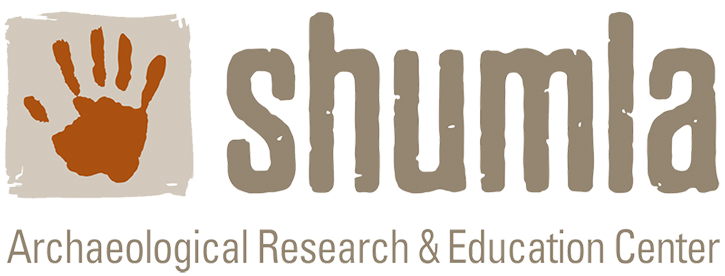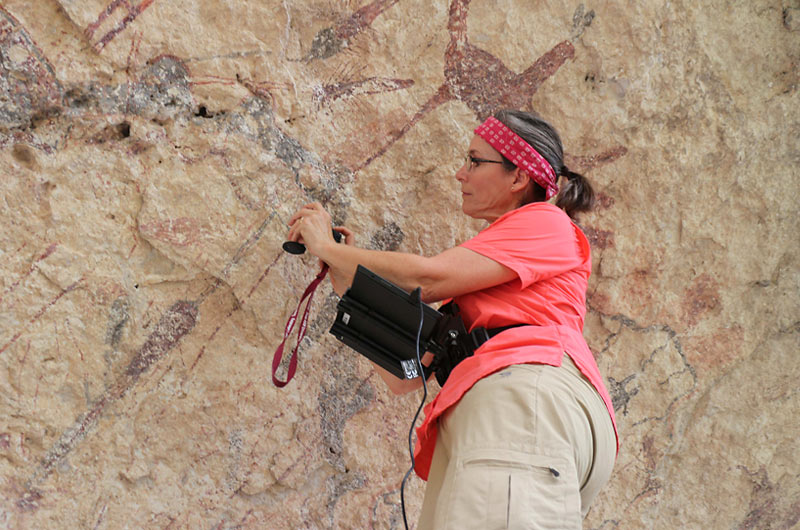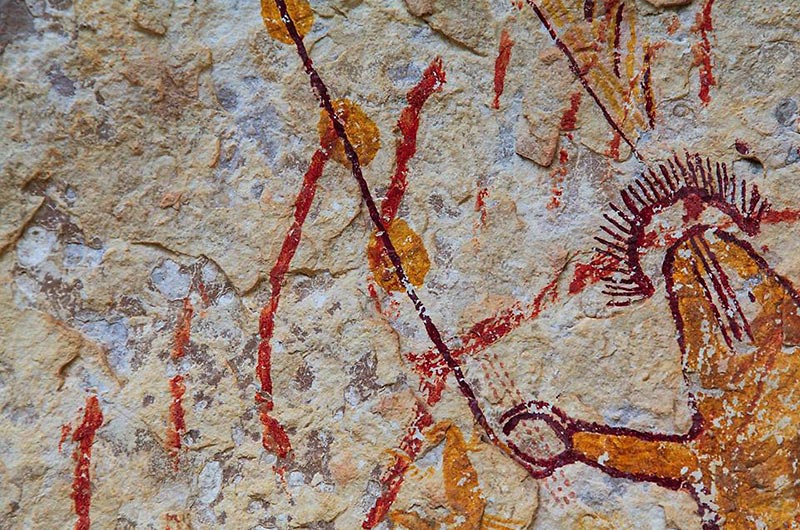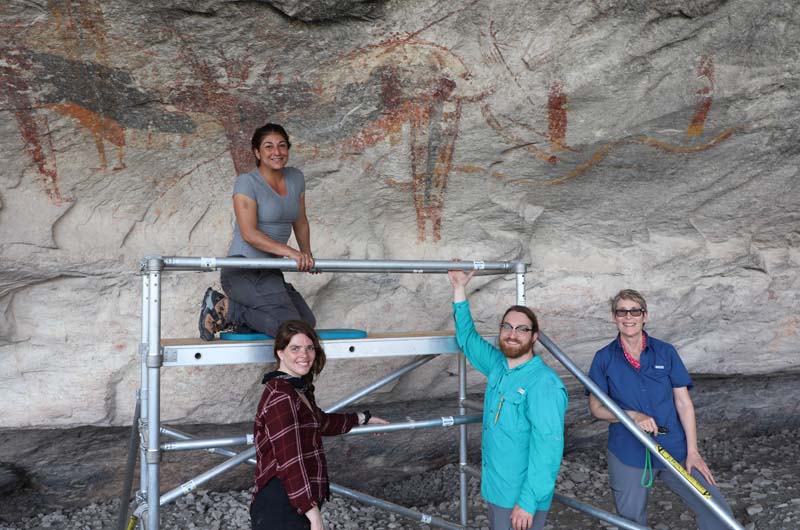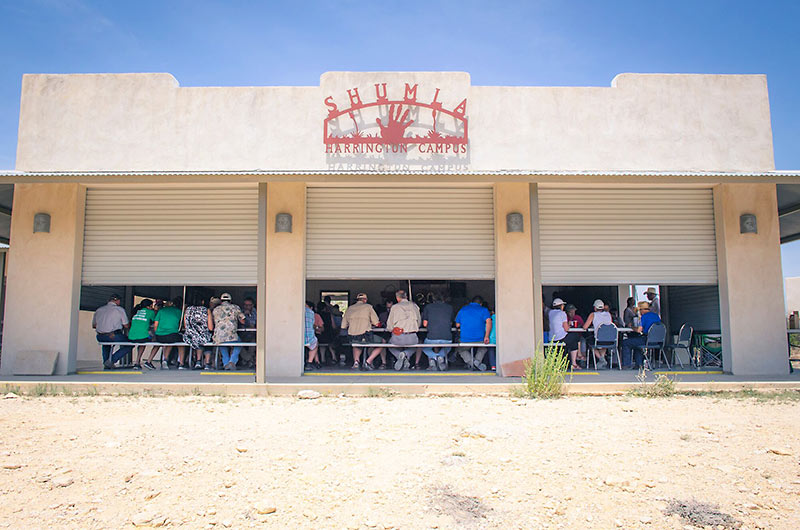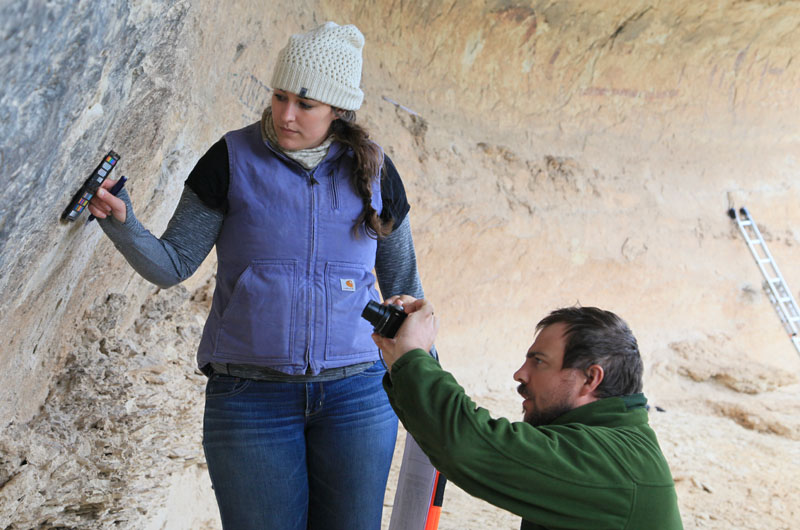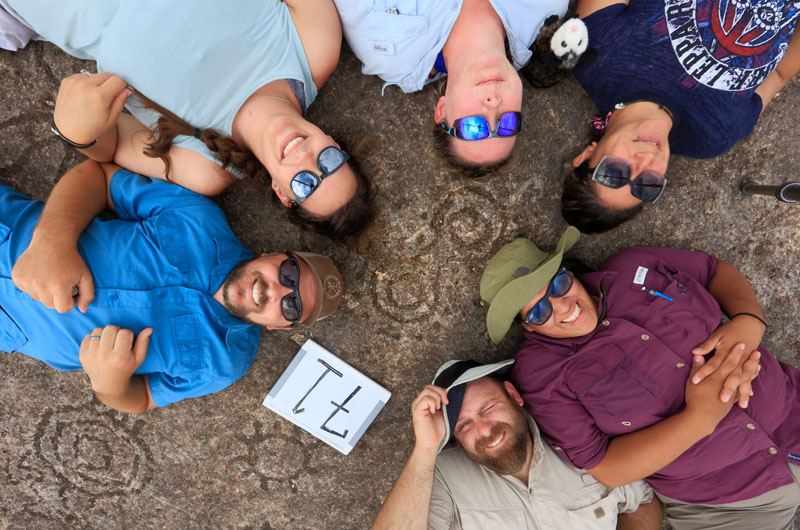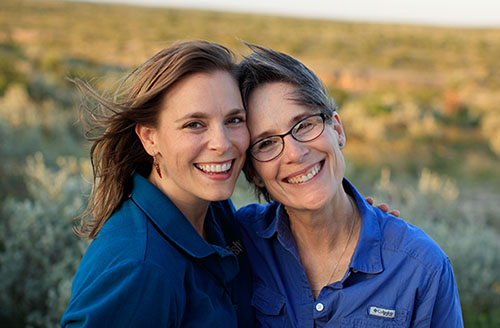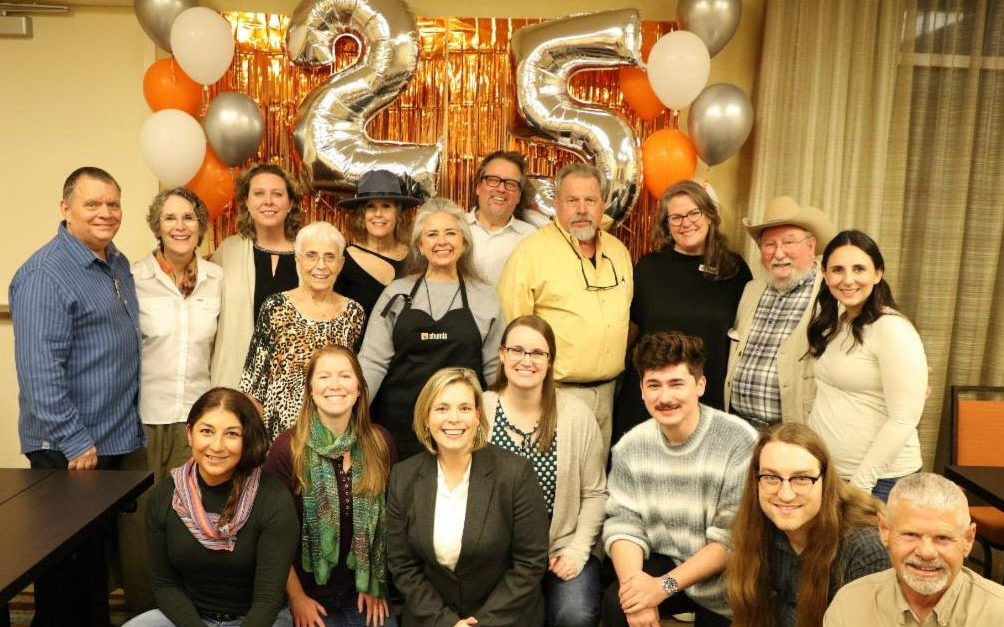About Us
Meet Shumla and Learn Our StoryShumla Archaeological Research & Education Center is a non-profit 501(c)3 organization working to preserve the oldest “books” in North America — the narrative murals of the Lower Pecos Canyonlands.
The story of Shumla began over 5,000 years ago when the ancient inhabitants of the Lower Pecos Canyonlands began to paint their sophisticated myths and beliefs on the limestone canyon walls.
In 1998, artist-turned-archaeologist Dr. Carolyn Boyd, who recognized the incredible value of the ancient art, founded an organization to preserve, study and share this important cultural record. Since then, Shumla has been a center of archaeological research, heritage preservation, community outreach and education for students of all ages.
Land Acknowledgement
We acknowledge that the land beneath
our feet is the ancestral home of many Indigenous peoples.
We revere and respect those who were stewards of this land long before it
became our home.
We strive to honor both past and
living indigenous peoples and
their cultural heritage.
UNESCO World Heritage Centre
Give to Shumla
Support Shumla Interns!
Our Mission
Preserving the oldest “books” in North America
Like a book, each mural in the Lower Pecos Canyonlands was authored and composed to communicate thoughts and ideas. These ancient paintings are visual narratives that will rewrite the prehistory of North America. At Shumla, we work to preserve and share the “library” of painted texts and the information they hold through documentation, research, stewardship and education.
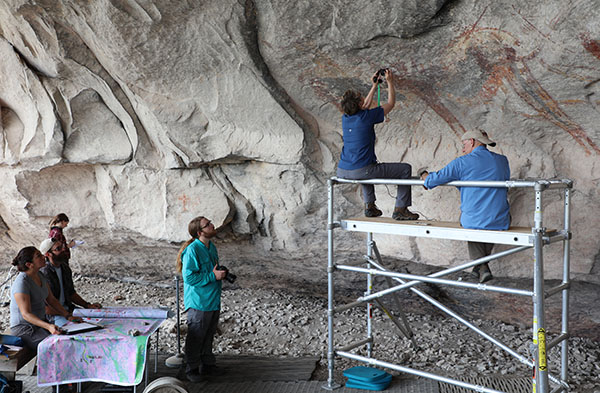
Documentation: Recording the Fragile Artwork
We use the latest technological advances to document each painted narrative as a whole and each figure and line within it individually, creating an exhaustive searchable database that can be used by researchers for years to come, long after the paintings have disappeared.
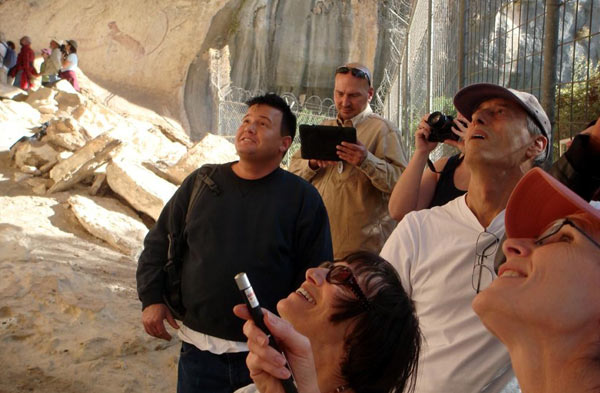
Stewardship: Encouraging Interest and Awareness
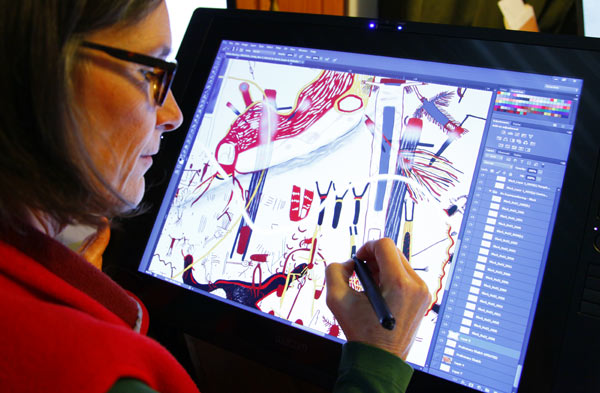
Research: Unraveling the Mural’s Mysteries
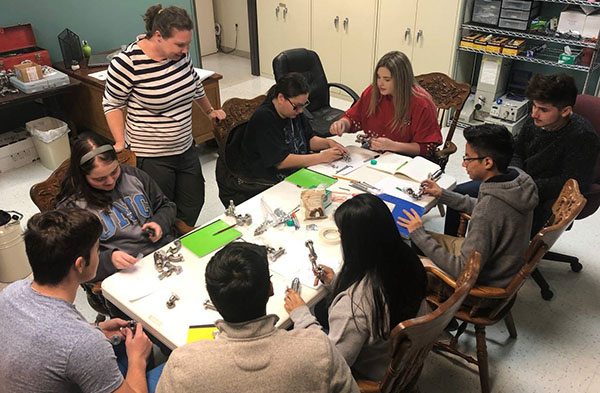
Education: Connecting to Our Shared Past
We open this remote region and its cultural treasure trove to visitors, volunteers, students, teachers, and researchers from around the world. We collaborate on exhibits, publish and present our findings and make our data, results and methods available to all.
The Origin of the Name Shumla
Our organization has gone through a few name changes. It was originally the School of Expressive Culture, then the SHUMLA School (where Shumla was an acronym of Studying Human Use of Materials, Land, and Art), and now is Shumla Archaeological Research & Education Center once research became a larger focus. Shumla is a place name here in the Lower Pecos. It is an old abandoned railroad station when the steam trains needed to stop every 15 miles or so for water. The land our field campus is located on is at the old Shumla Ranch, which was named for the railroad stop. There are a series of archaeological sites nearby called the Shumla Caves.
Our Vision
The Board of Directors and Staff of Shumla hope to facilitate a future where:
- Shumla is a global leader in rock art research and education, collaborating with partners, across disciplines and internationally.
- The ancient paintings of the Lower Pecos Canyonlands continue to inspire awe, enjoyment, and scholarship far into the future.
- The library of information housed in the oldest ‘books’ in North America is available to all.
In 2023, Shumla celebrated our 25th Birthday.
Since 1998, Shumla has been a champion for the rock art of the Lower Pecos Canyonlands. Through archaeological research, documentation and preservation, community outreach and education for students of all ages, we have brought the wonder of the art to thousands while preserving the knowledge housed in this ancient library for generations to come. We welcome you to celebrate our milestones with us at our 25th Anniversary Website. It holds a timeline of pictures and stories of Shumla’s beginnings and our years of growth and impact.
